Understanding the Unique Benefits of Awning Windows for Your Home
Awning windows are increasingly becoming a popular choice among homeowners due to their unique design and functionality. According to a report by the American Architectural Manufacturers Association, windows account for up to 30% of a home's energy loss, making the choice of window style crucial for efficiency. Awning windows, which open outward from the bottom, not only promote ventilation without compromising privacy but also provide exceptional weather protection, allowing homeowners to enjoy fresh air even during rain. Additionally, recent studies have shown that homes with energy-efficient windows, including awning styles, can see a reduction in energy costs by up to 15%. This blog will delve into the best reasons to consider awning windows for your home, emphasizing their aesthetic appeal, energy efficiency, and practical benefits that set them apart from traditional window types.
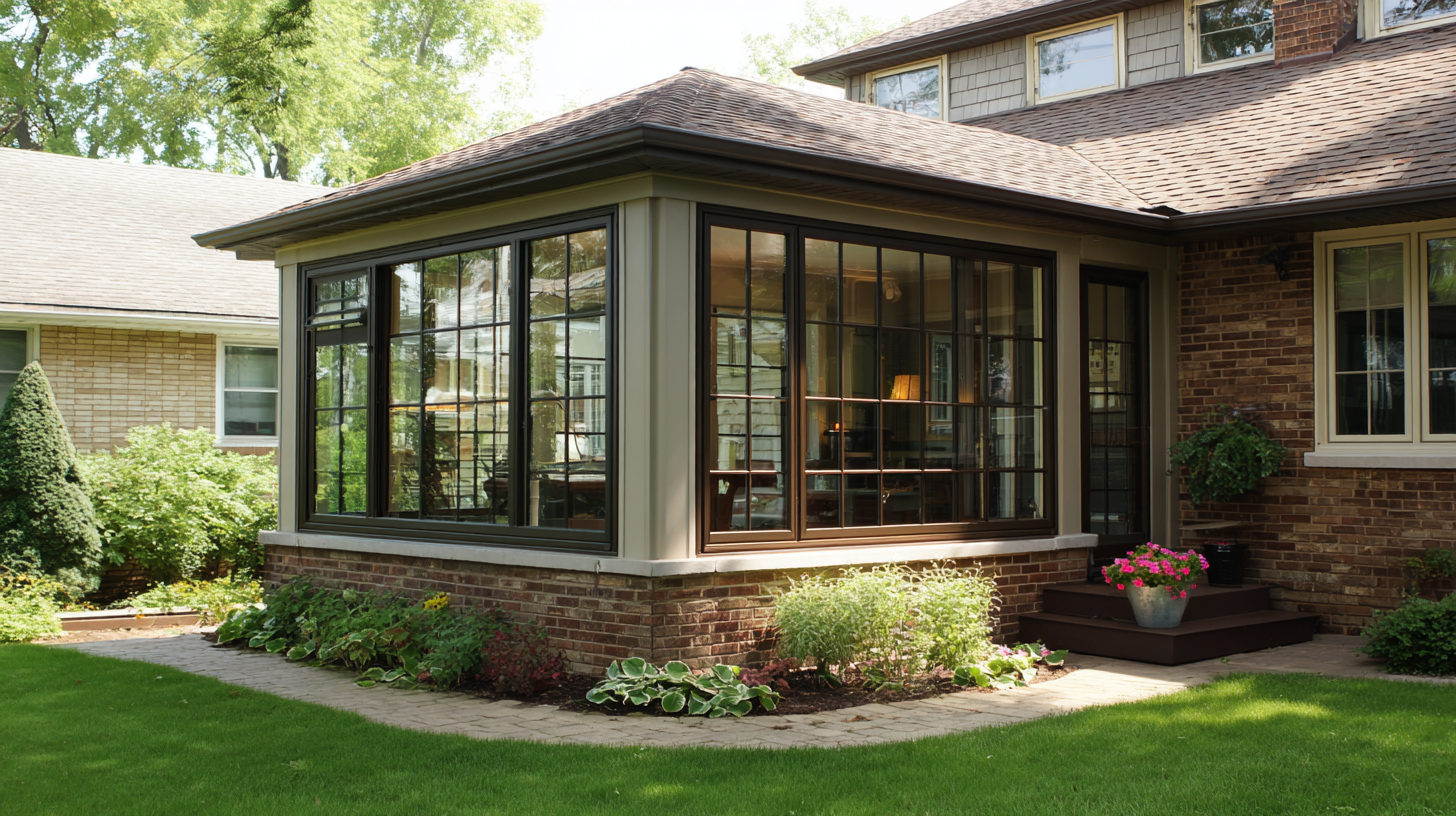
The Distinct Design Features of Awning Windows
Awning windows are a distinctive choice for homeowners seeking both functionality and style. Characterized by their top-hinged design, these windows open outward from the bottom, allowing for effective ventilation while keeping rain and debris at bay. This unique feature makes awning windows ideal for areas where fresh air is desired without compromising comfort—such as kitchens or bathrooms. Their ability to be left open during light rain is a bonus, ensuring that interior spaces remain dry and inviting.
In addition to their practical benefits, awning windows bring a modern aesthetic to any home. They can be installed alone or paired with other window types to create a visually appealing arrangement. Available in various sizes and finishes, they can match any architectural style, enhancing the overall curb appeal. Their narrow frames provide expansive views of the outdoors, allowing natural light to flood in while offering an unobstructed sightline. With the combination of their functional design and stylish appearance, awning windows are a great investment for enhancing both the look and comfort of your living space.
Energy Efficiency Advantages of Awning Windows
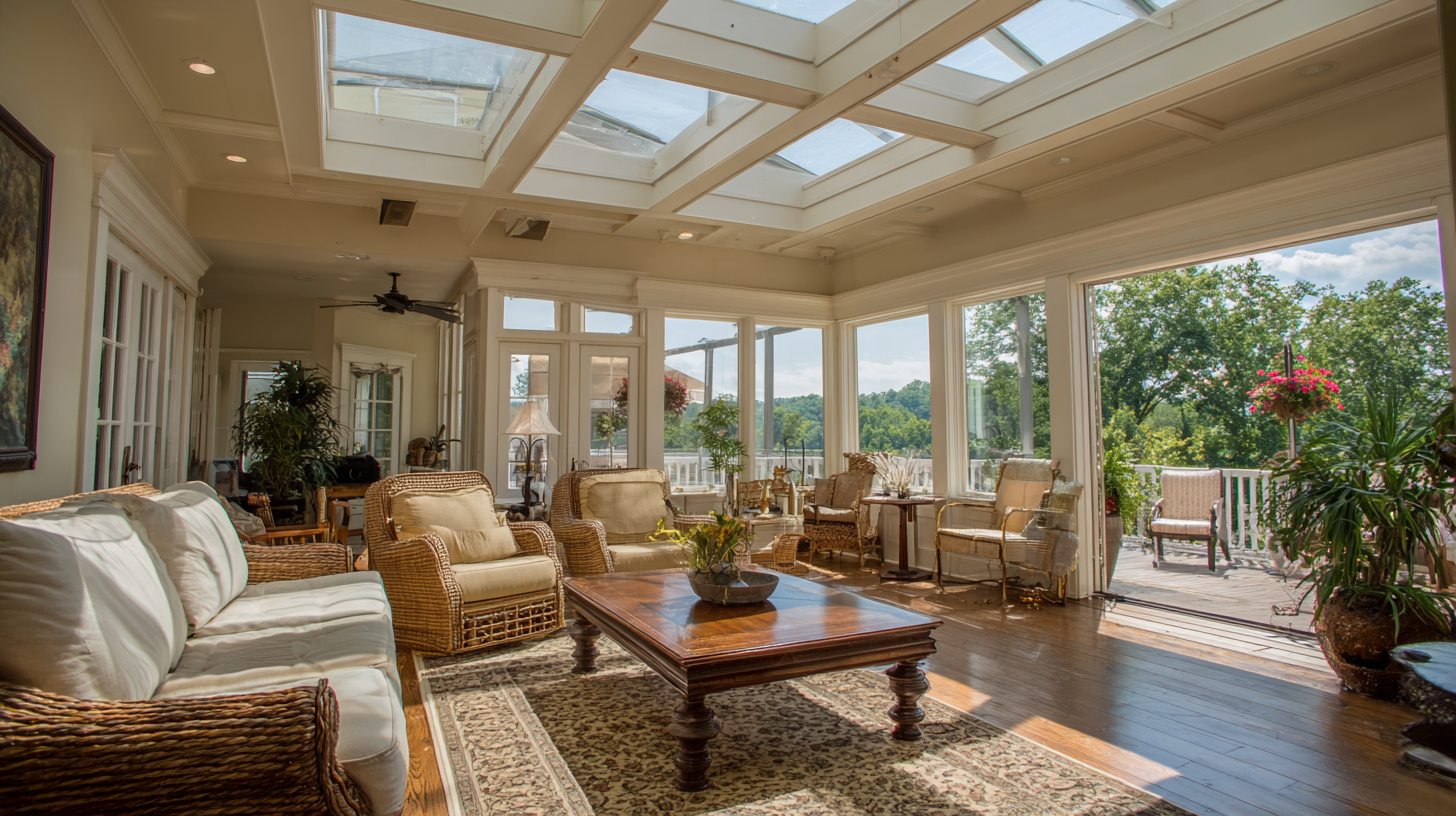 Awning windows are increasingly recognized for their energy efficiency, making them an excellent choice for homeowners looking to reduce utility bills while enhancing their living spaces. Designed to hinge at the top and open outward, these windows allow for optimal airflow without compromising insulation. When closed, the awning shape allows rainwater to run off the window, ensuring that your home remains dry and comfortable. This design minimizes drafts and helps maintain a consistent indoor temperature, which is crucial for energy conservation.
Awning windows are increasingly recognized for their energy efficiency, making them an excellent choice for homeowners looking to reduce utility bills while enhancing their living spaces. Designed to hinge at the top and open outward, these windows allow for optimal airflow without compromising insulation. When closed, the awning shape allows rainwater to run off the window, ensuring that your home remains dry and comfortable. This design minimizes drafts and helps maintain a consistent indoor temperature, which is crucial for energy conservation.
Additionally, the tight seal created when awning windows are shut plays a significant role in reducing air leakage. This tight fit ensures that conditioned air stays inside, preventing heating and cooling systems from working overtime. With advancements in window technology, the glass used in awning windows often features low-emissivity (low-E) coatings that further enhance energy efficiency by reflecting heat back into the home during winter months and keeping it out during summer. As a result, awning windows not only offer functional benefits but also contribute to a more sustainable and energy-efficient home environment.
Enhancing Ventilation with Awning Windows
Awning windows are an excellent choice for homeowners looking to enhance ventilation while adding a touch of style to their spaces. Positioned hinge at the top, these windows can be opened outward, allowing fresh air to flow in while keeping out rain. This unique design is particularly beneficial in climates where sudden rainfall is common, as you can enjoy fresh breezes without worrying about the weather.
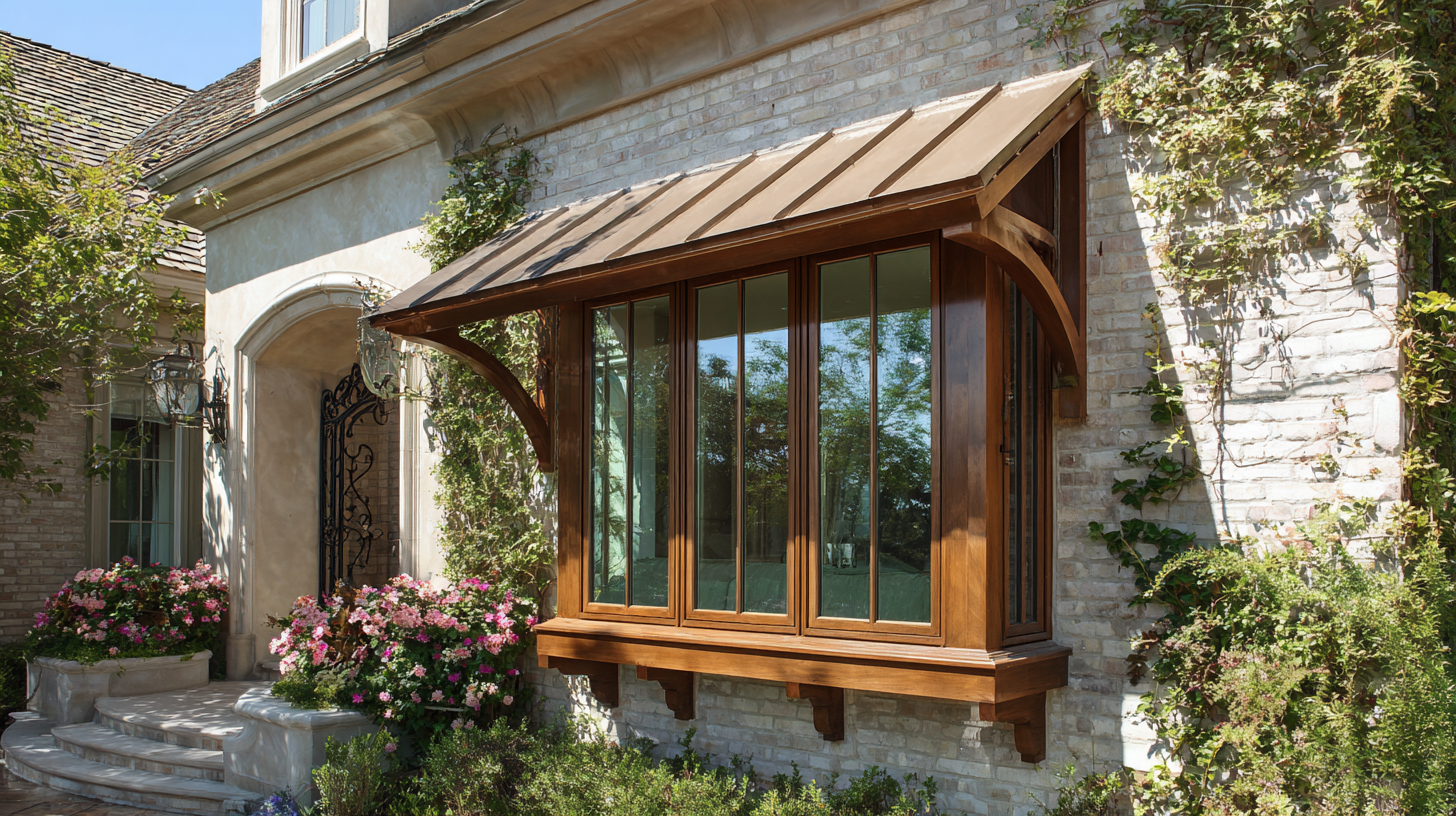
Moreover, awning windows are great for promoting cross-ventilation. When strategically placed in conjunction with other window types, they can create a seamless flow of air throughout your home. This not only helps to reduce indoor humidity but also improves air quality, making your living environment healthier and more comfortable. The ability to control airflow, combined with energy efficiency, makes awning windows a practical yet stylish addition to any home.
Aesthetic Appeal: How Awning Windows Complement Home Décor
Awning windows are not just functional; they bring a distinct aesthetic value to any home. Their unique design, which opens outward from the bottom, provides a fresh and modern look that complements various architectural styles. Available in a range of materials, colors, and finishes, awning windows can be tailored to enhance the overall décor of a room. Whether installed in kitchens, living rooms, or bedrooms, they create a seamless blend between indoor and outdoor spaces, allowing natural light to flood in while keeping out rain.
The versatility of awning windows allows homeowners to personalize their interiors effortlessly. By combining them with other window styles or using them as standalone features, they can serve as focal points in any room. Their elegant lines and unobtrusive profile create a sense of openness and airiness, making spaces feel larger and more inviting. Additionally, these windows can be adorned with elegant window treatments or left bare to showcase their sleek design, further enhancing the aesthetic appeal and ensuring they fit beautifully into any home’s decor theme.
Practical Considerations for Installing Awning Windows
When considering the installation of awning windows, several practical factors come into play that can greatly enhance your home’s functionality and aesthetic appeal. One of the primary benefits of awning windows is their unique design, which allows for ventilation even during rainy weather. By opening outward from the bottom, they create a shelter over the opening, keeping the rain out while still allowing fresh air to circulate inside. This design feature makes awning windows an excellent choice for areas like kitchens and bathrooms, where humidity control is critical.
In addition to their functional advantages, it’s essential to think about the installation process itself. Proper placement is crucial to maximize light and airflow while ensuring adequate drainage. The window frame should be securely fitted to prevent leaks, and you'll want to consider the window’s size and how it complements the overall style of your home. It’s also wise to check local building codes regarding window installation, which can differ based on location. By weighing these considerations, homeowners can make informed choices that enhance both the comfort and aesthetics of their living space.
Understanding the Benefits of Awning Windows
Related Posts
-
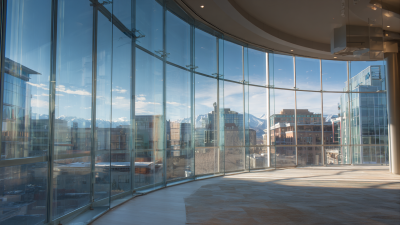
Navigating Global Import Export Certifications for the Best Commercial Windows Buying Guide
-
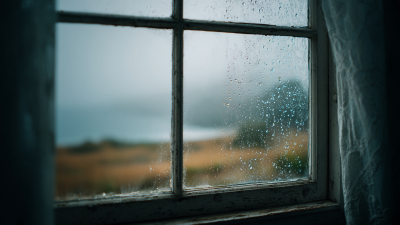
Exploring the Unique Features of Best Home Windows and How to Choose the Right Type for Your Needs
-

Exploring the Future: 2025 Trends in Fixed Windows Technology and Innovative Alternatives
-

The Ultimate Guide to Mastering Roll Out Windows for Your Business Needs
-

The Future of South Windows Revolutionizing Energy Efficiency and Sustainability
-

Essential Guide to Choosing the Perfect Sliding Windows for Your Home
